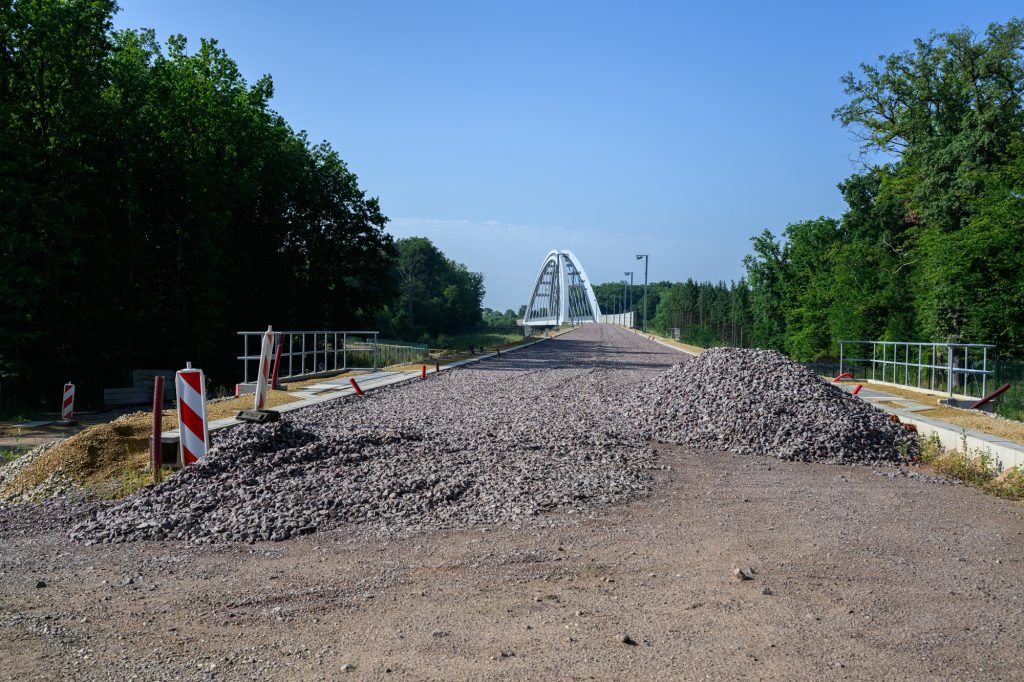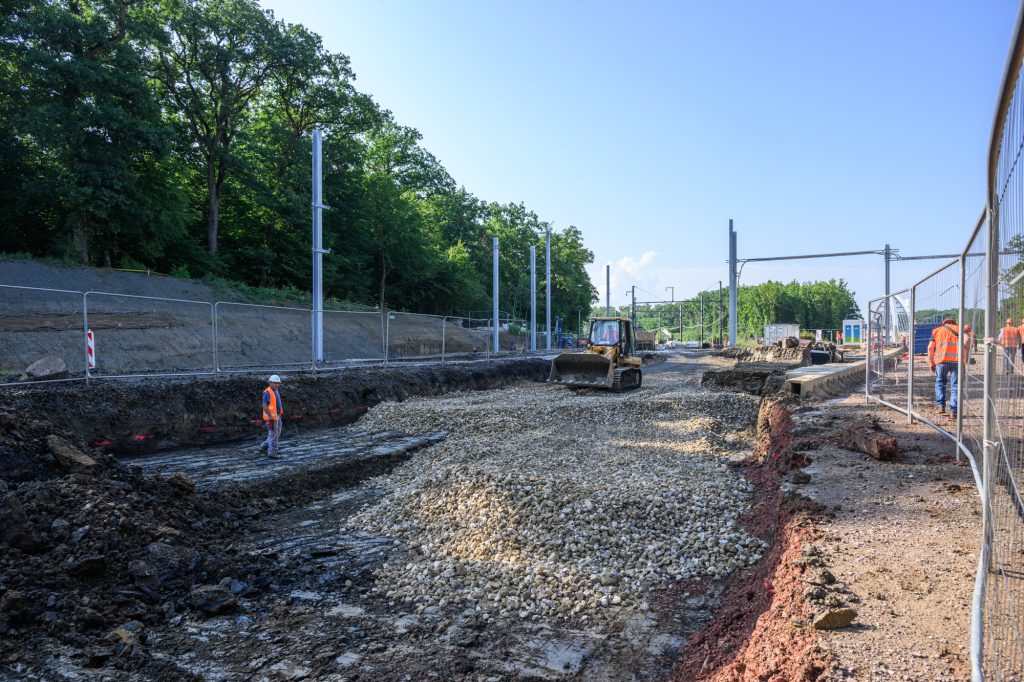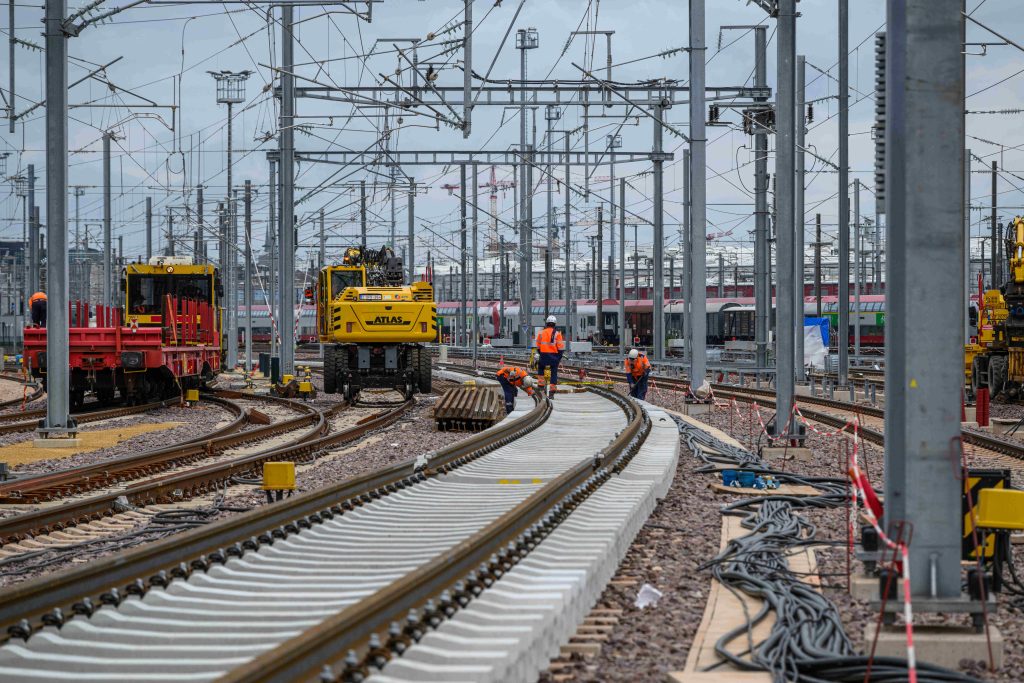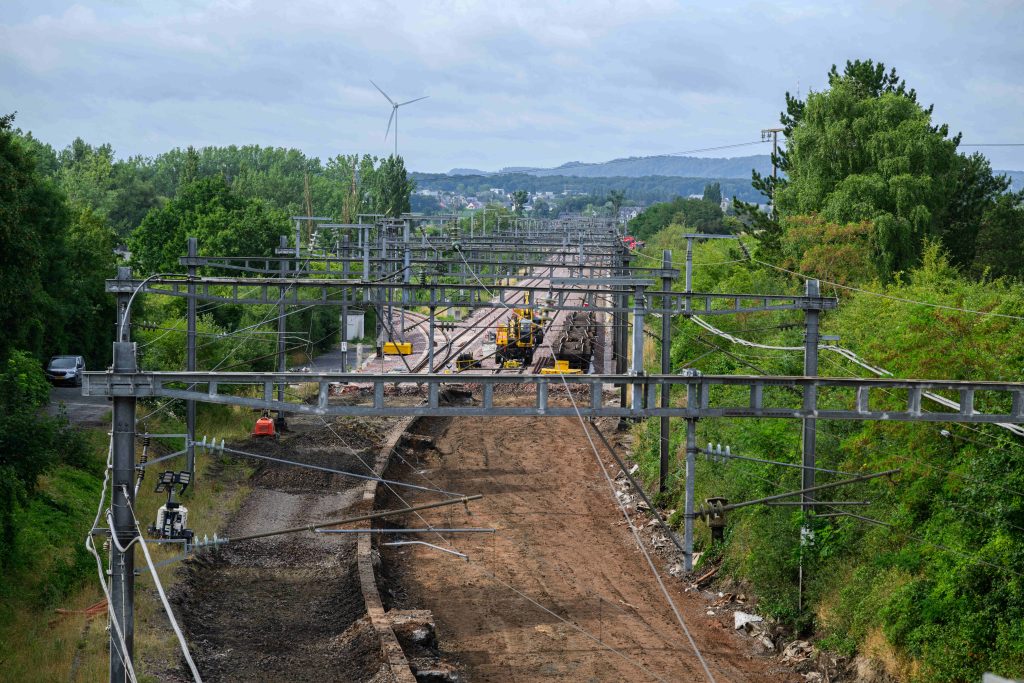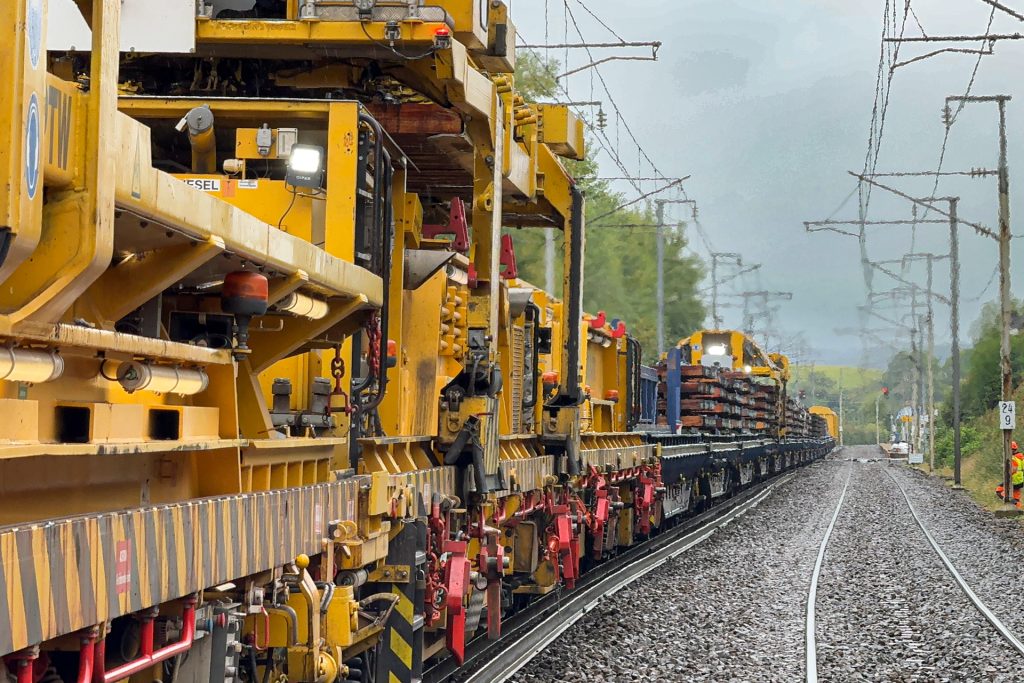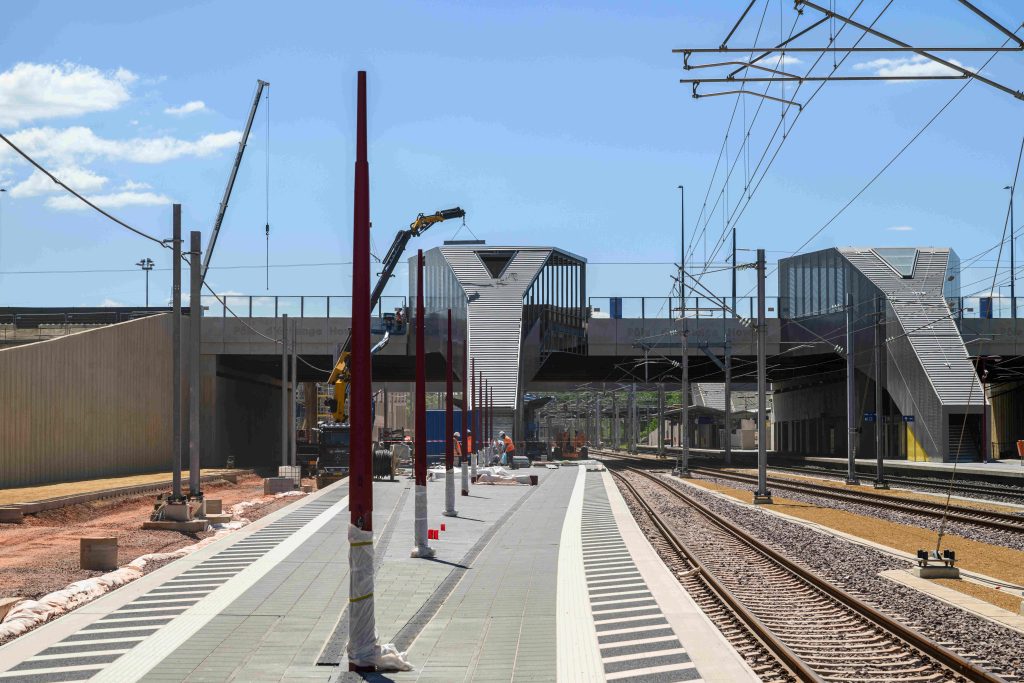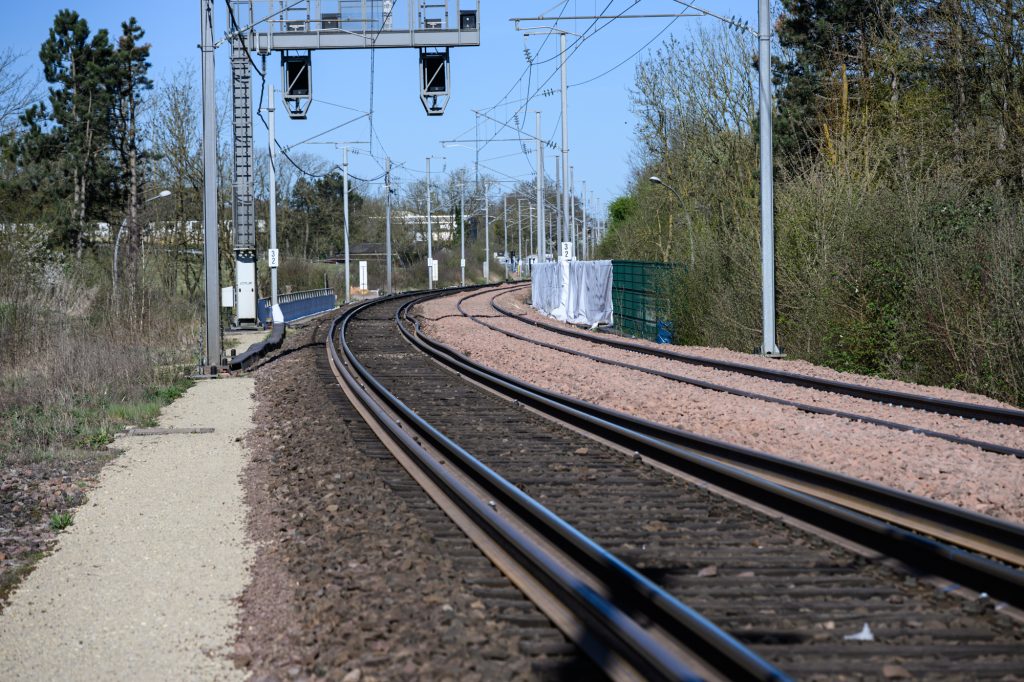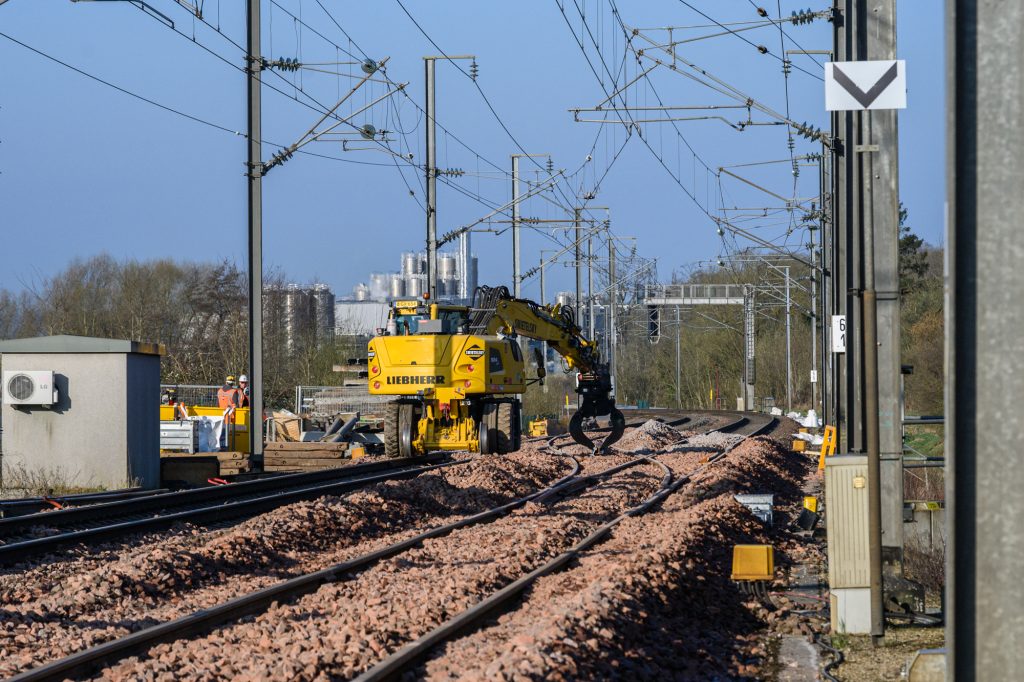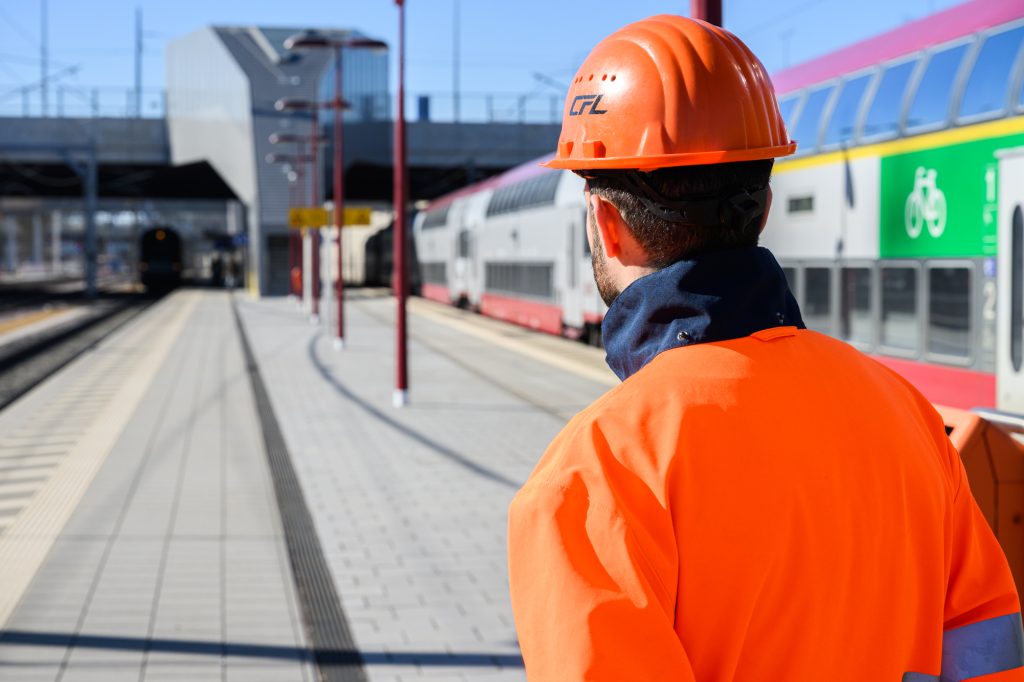
2.7 km track, 13 switches, 1 new platform… A productive summer for the CFL in Howald

The transformation of the Howald railway stop continues this summer. The renewal and modernisation of the site’s infrastructure will position it as one of the key hubs for mobility in Luxembourg.
7 days a week, 3 shifts. In Howald, summer once again coincides with construction work. For the CFL, the goal is twofold: to complete a massive project in two months and to reopen train service between Luxembourg and Bettembourg in time for September.
Lesen Sie auch: A successful outcome to the summer engineering works in and around Howald
The first tangible change to come out of this work is that, starting on 15 September 2025, passengers travelling through Howald will use the brand-new 307-metre-long platform (platform II). This infrastructure was part of the list of works planned for this summer.
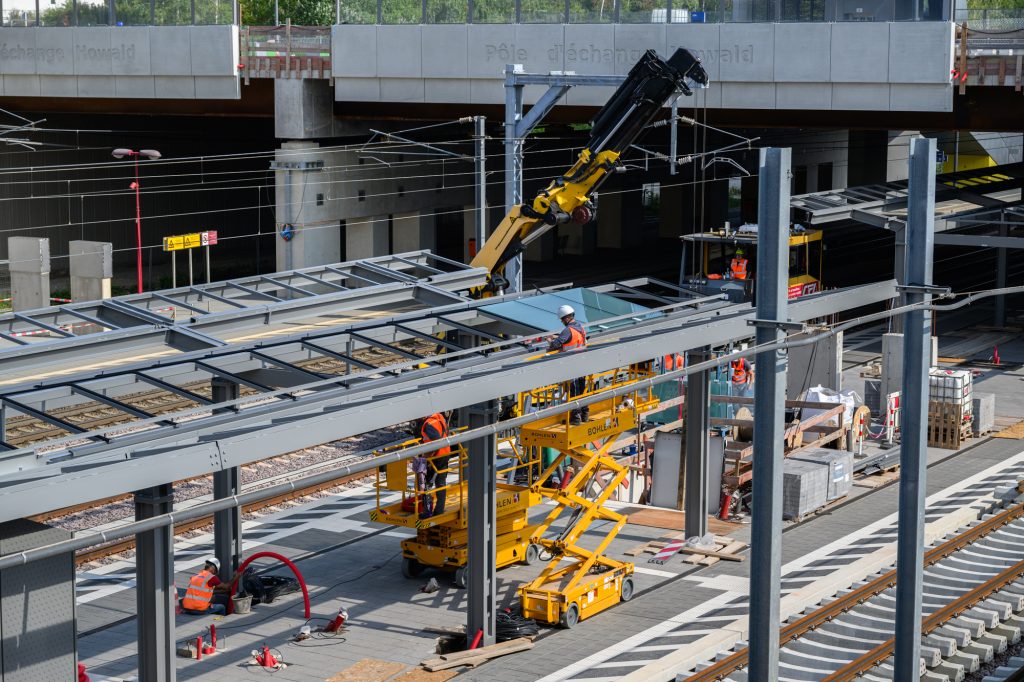
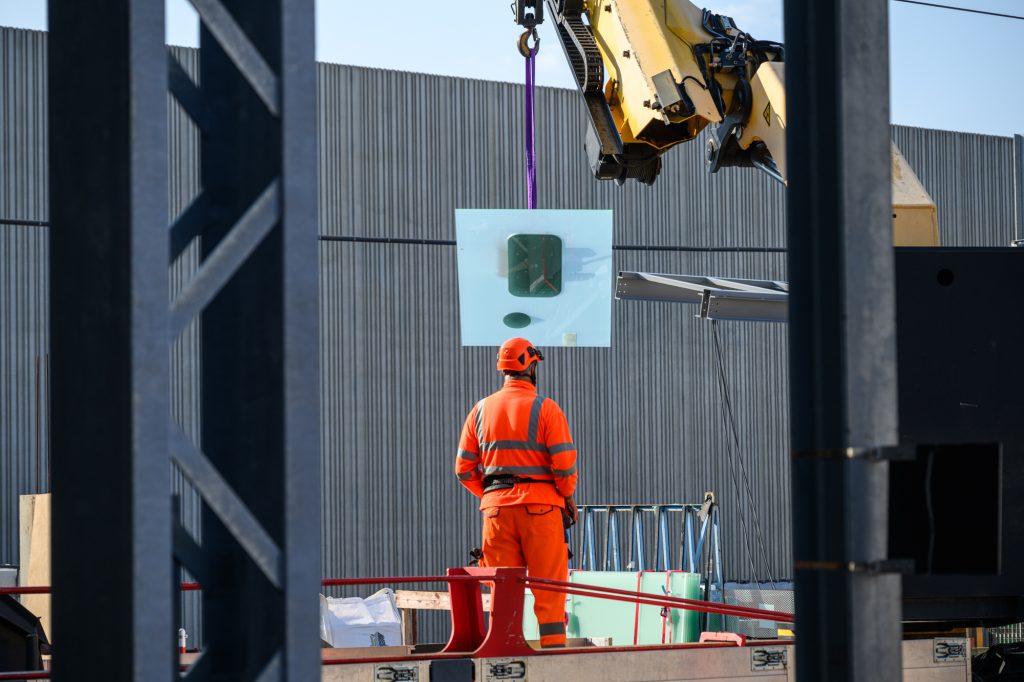
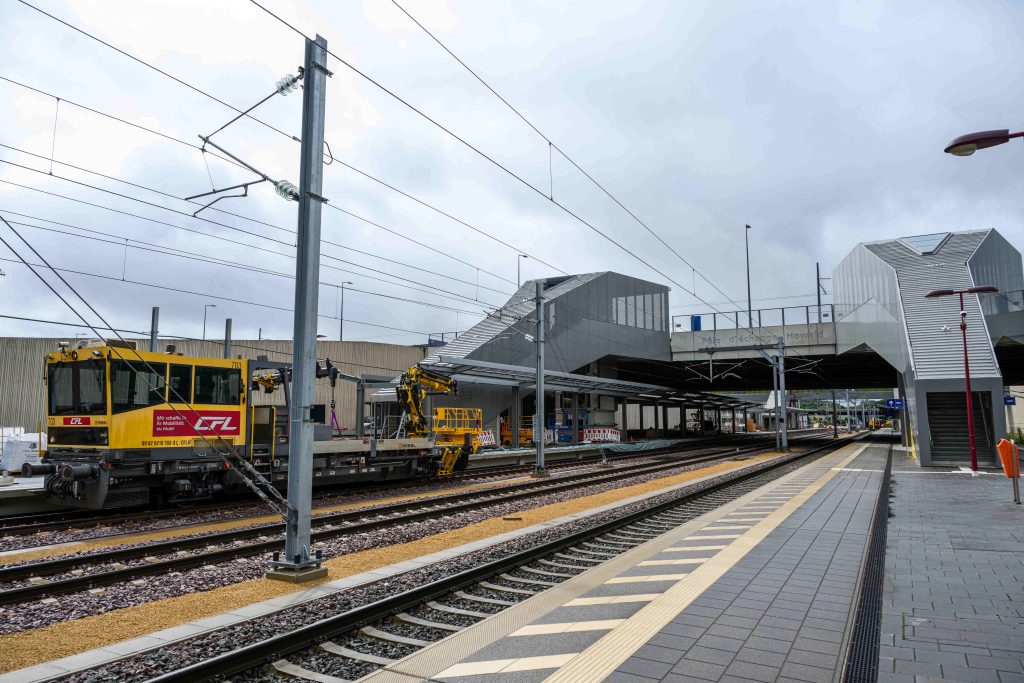
‘From 15 September, platform I will be out of service for renovation, to extend its canopy and continue work on the platform towards the south, which will then connect to the NBS (New line between Luxembourg and Bettembourg),’ says David, an engineer at the CFL, in charge of the site’s transformation.
Modernised and expanded from north to south, the rail network will gain a new cornerstone in September 2027: an additional seven-kilometre double-track line between Luxembourg and Bettembourg, known as the NBS (Neubaustrecke).
Read also : The new Luxembourg – Bettembourg line in pictures… and in numbers
Thanks to the NBS, two busy lines will run separately and will have their own dedicated platforms at both Howald and Luxembourg Station. At Howald, platform II will be used by the Luxembourg–Esch/Alzette–Rodange line, the busiest line on the network with almost 10 million passengers in 2024. Platform I (created in 2017) will serve the 5.9 million passengers (2024) travelling on trains from the Lorraine region, which will then run on the NBS.
‘The NBS will relieve the main bottleneck in the network, which had formed between Luxembourg and Bettembourg,’ says Marc Wengler, CEO of the CFL. ‘During rush hour, we run one train per minute on this section. Any problem on one of the two lines affects the other line or even other lines via Luxembourg Station. To put an end to this “domino effect”, we will have increased our capacity with the NBS and by building two platforms at Howald and Luxembourg stations. Fewer problems mean better punctuality, and more capacity means an improved and enhanced train service, all for the benefit of our customers.’
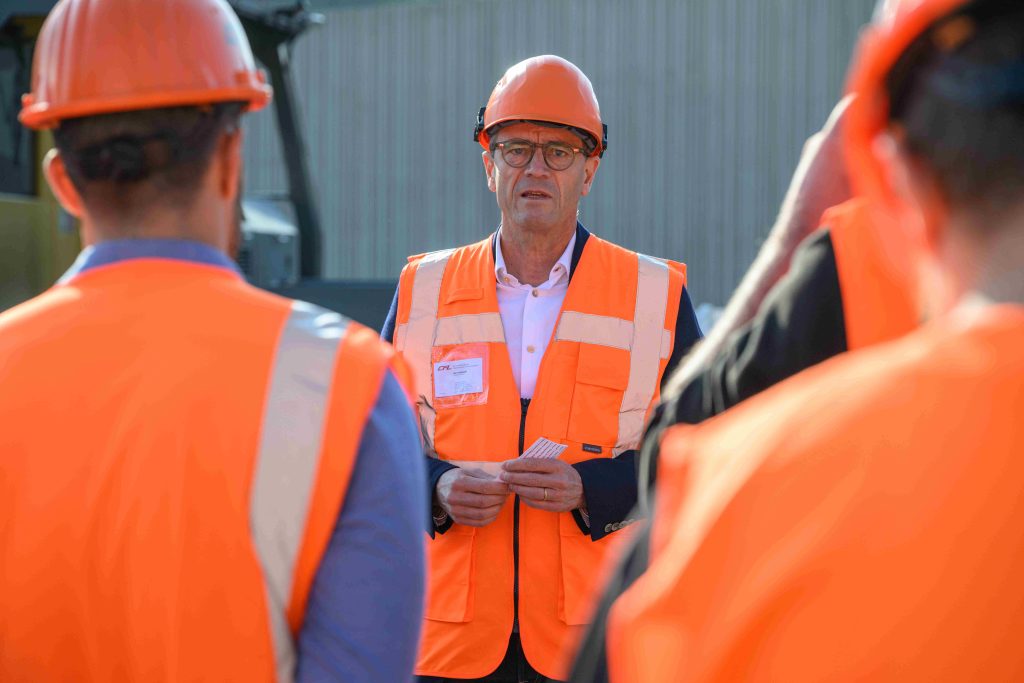
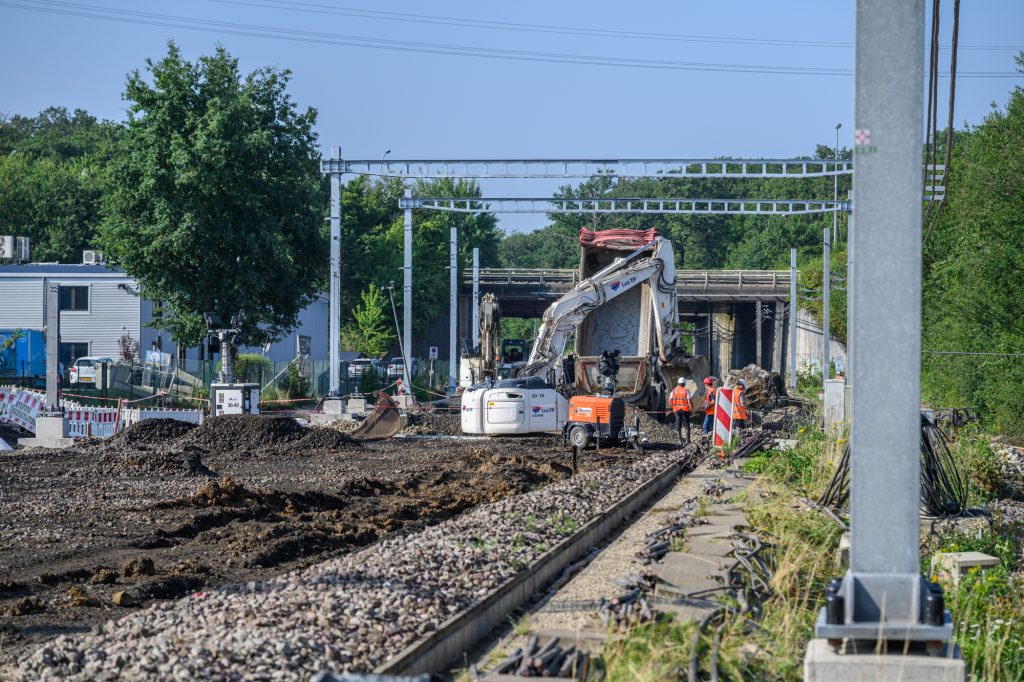
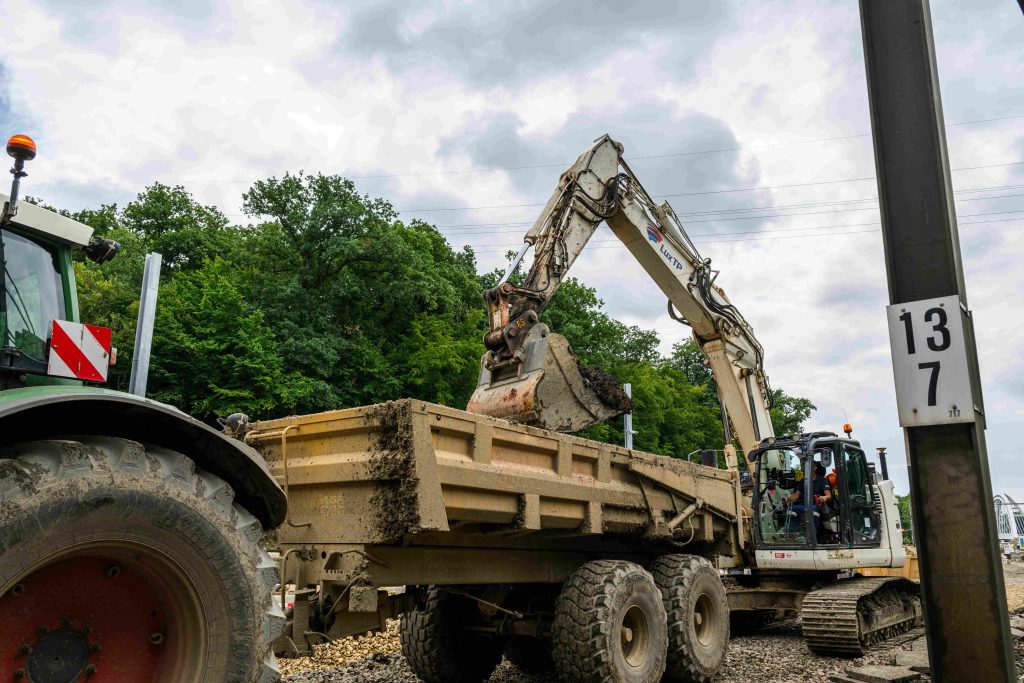
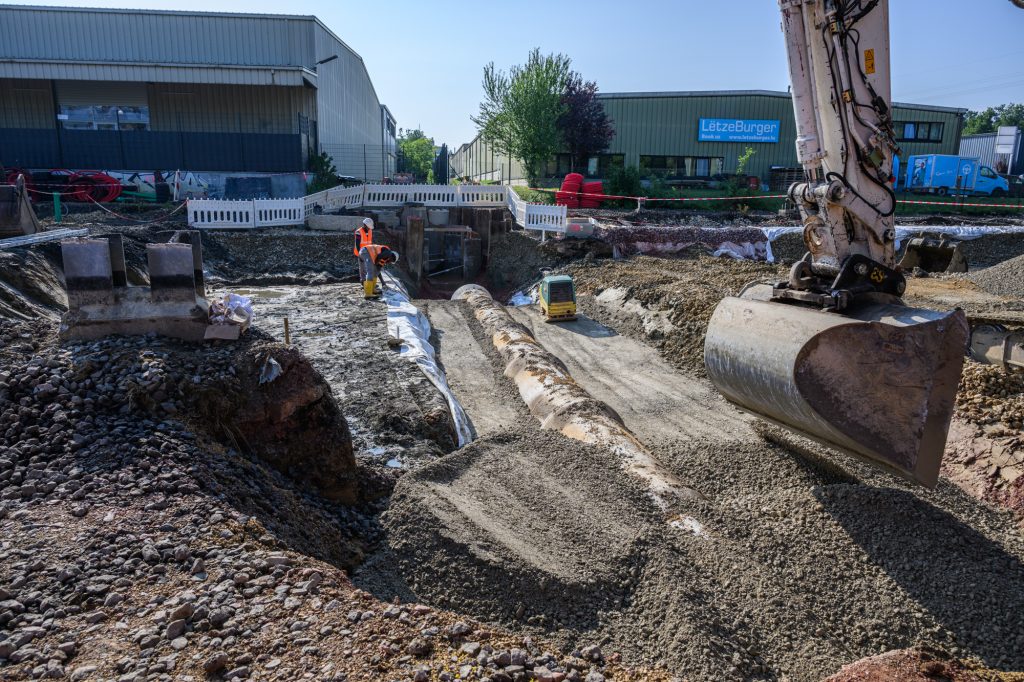
The reconfiguration of the Howald site into a multimodal transport hub is being carried out in accordance with specific constraints, including the limited space available, a high concentration of points and neighbouring infrastructure such as the motorway. Scheduled for completion by 2026, this work showcases the CFL’s expertise in coordinating many operations and stakeholders, without ever compromising the absolute priority of safety.
‘From the removal of existing catenary wires to the renewal of the track and the installation of new signalling equipment, to name but a few examples, the work of each stakeholder influences that of the others and therefore the adherence to the schedule,’ David continues.
A transport hub with many advantages
Designed to meet the needs of residents and commuters, the new Howald transport hub also responds to the growth of the surrounding neighbourhoods and localities (Howald, Ban de Gasperich and Cloche d’Or).
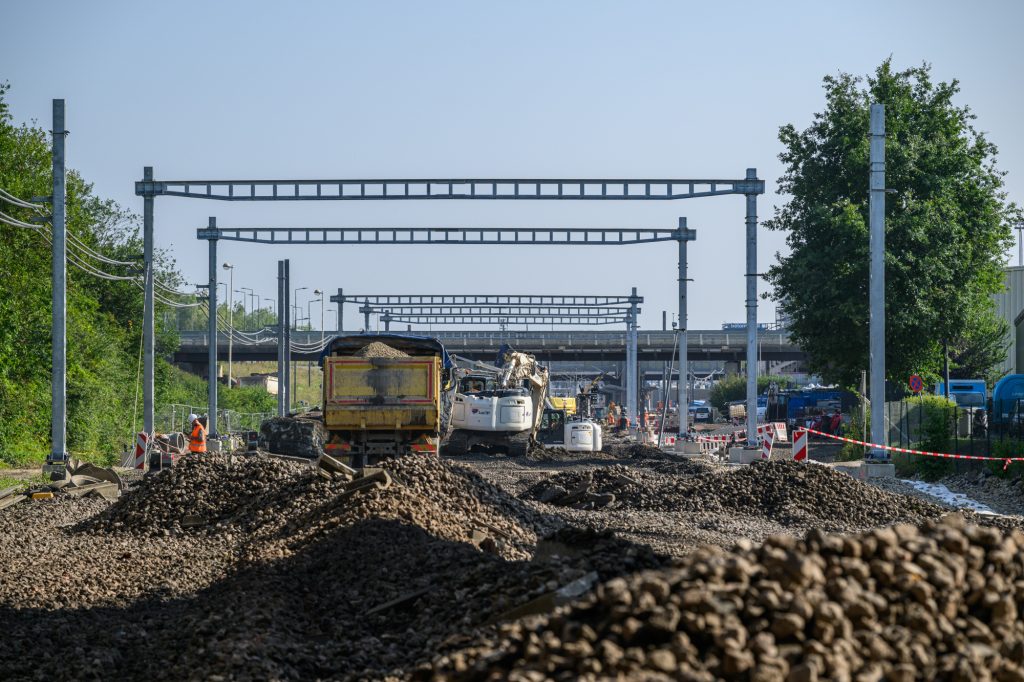
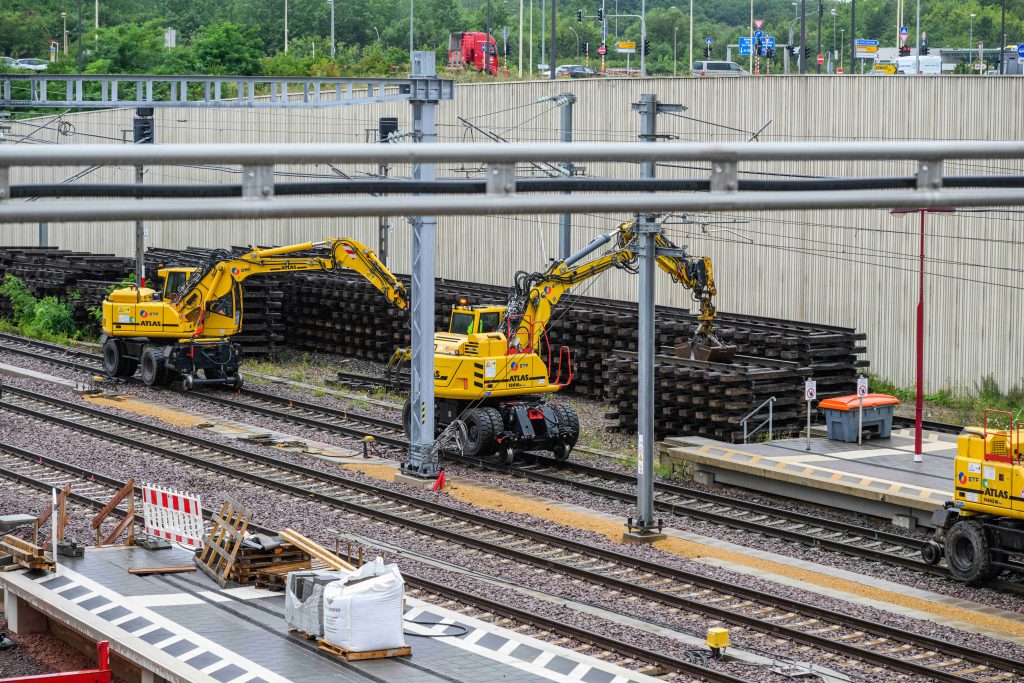
In cooperation with other public transport operators, the CFL are turning Howald into a showcase for everyday multimodality. Switching from train to tram, bus or even soft mobility, combining car and public transport… the transport hub is designed to be practical and encourage the smart use of individual and collective transport.
The new infrastructure will eventually allow CFL trains to stop systematically, reducing journey times for workers in neighbouring districts.
The investments made on site also benefit freight traffic with the renewal of the tracks dedicated to the CFL’s freight activities. This is yet another argument in favour of rail freight transport and its advantages, including six times less energy consumption, nine times less CO2 emissions, eight times less air pollution and 85 times fewer accidents than the equivalent by road.
